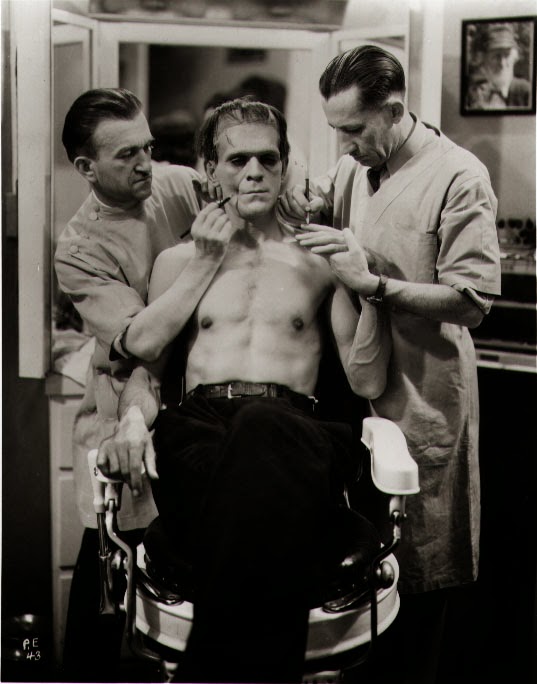Progressive Dentistry: It's Alive!
Maybe I'm a bit weird but I enjoy dental hygiene visits. It's relaxing, afterwards my teeth feel like polished pearls, and I get to indulge in "shop talk" with the hygienist -- who's more than happy to share what she's learned from dental conferences attended between our appointments. Of course, she does most of the talking as there's an ultrasonic scaler and saliva ejector down my throat, but I'm all ears!
She recently returned from a dental conference in Tampa, FL where they discussed a procedure involving laser treatment to significantly combat gum disease. She said, the procedure is used in conjunction with SRP. Pardon if this is a gross simplification, but basically the laser is able to reach areas far under the gingival tissue and remove infection, as well as promote faster healing and gum tissue regeneration (which brings me to my next point). While listening intently, I immediately thought of tweet I saw last week that went something like, "Harvard scientists #regrow teeth!" Being the dental geek that I am, I had to investigate...
Well, slap my face and call me Igor. Frankenstein needs a new tooth!Regrowing body parts sounds like something straight out of a H.G. Wells novel or mad science-fiction film. Historically, unlike low-level laser therapy (LLLT), bio-medical engineering is nothing new. However, it's the recent advancements I find particularly interesting. Pondering the implications of stem cell research and its impact on modern medicine is fascinating to say the least. In so far, scientists and engineers have put their head together and managed to bio-engineer a fully functioning heart valve via CAD/CAM 3-D bio-printing. Now some of you may already have an idea of where this going, as CAD/CAM technology is already in use in dentistry to fabricate crowns...but trust me...wait for it. According to the American Society of Mechanical Engineers (ASME), 3-D bio-printers are also able to "deposit ultra-thin layers of living cells upon each other, following a precise geometric pattern that matches the heart valve dimensions, building the part vertically as the layers accumulate. Over a period of hours the final tissue construct is completed." Here is the impressive result:
 |
| A 3-D print of an artificial heart valve. Image courtesy of Jonathan T. Butcher, Cornell University |
Read full articles here:



Its hard to find a dentist who you don't mind having an appointment with. The office have always been pleasant, friendly and good at their job.
ReplyDeleteTorrance dentist
As a student dentist, I believe that dental implants are the future of dentistry and are the most effective way to replace missing teeth. I have one myself and encourage people that is an amazing option
ReplyDelete